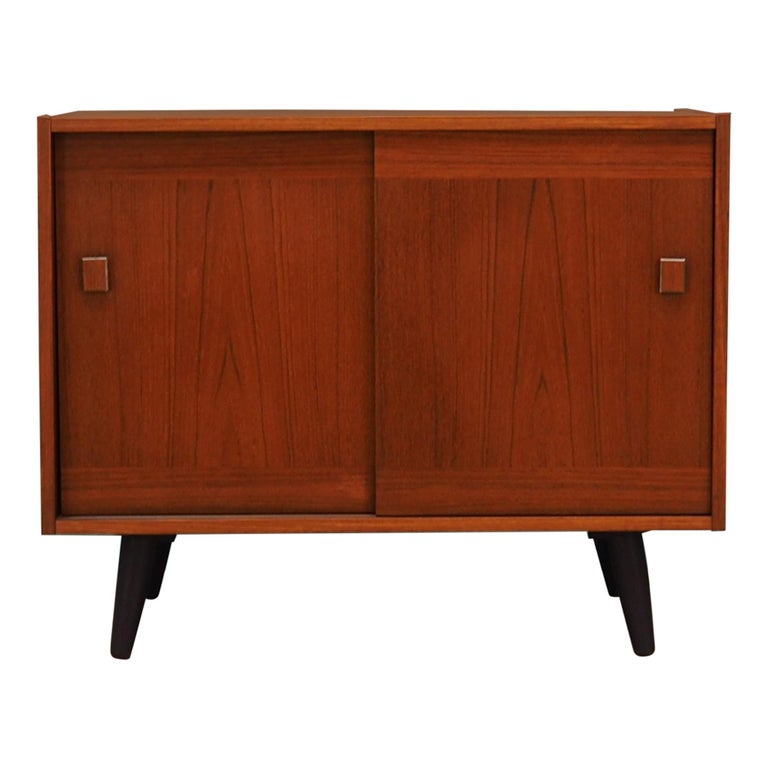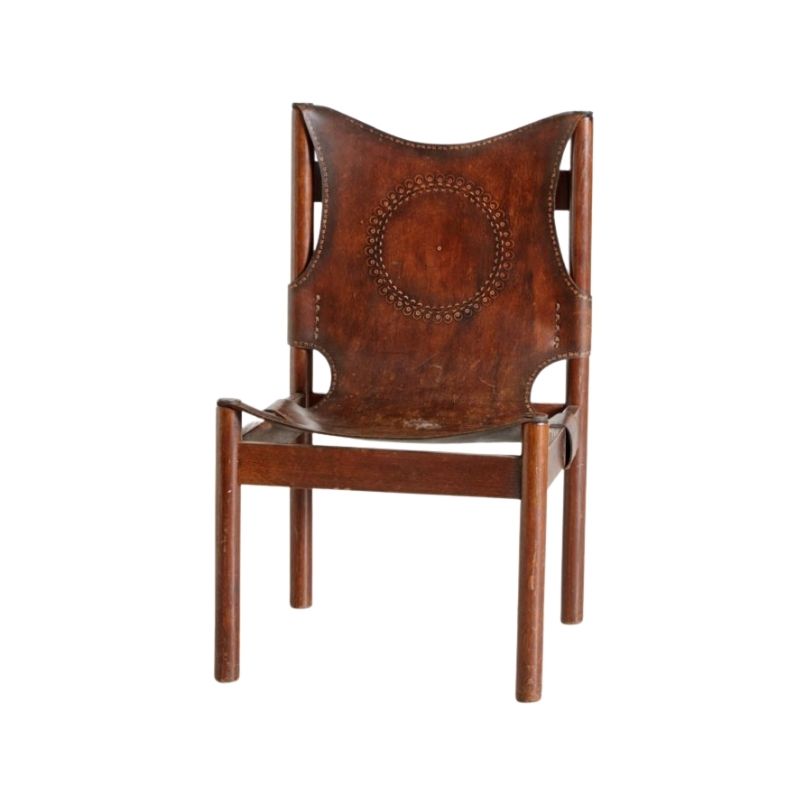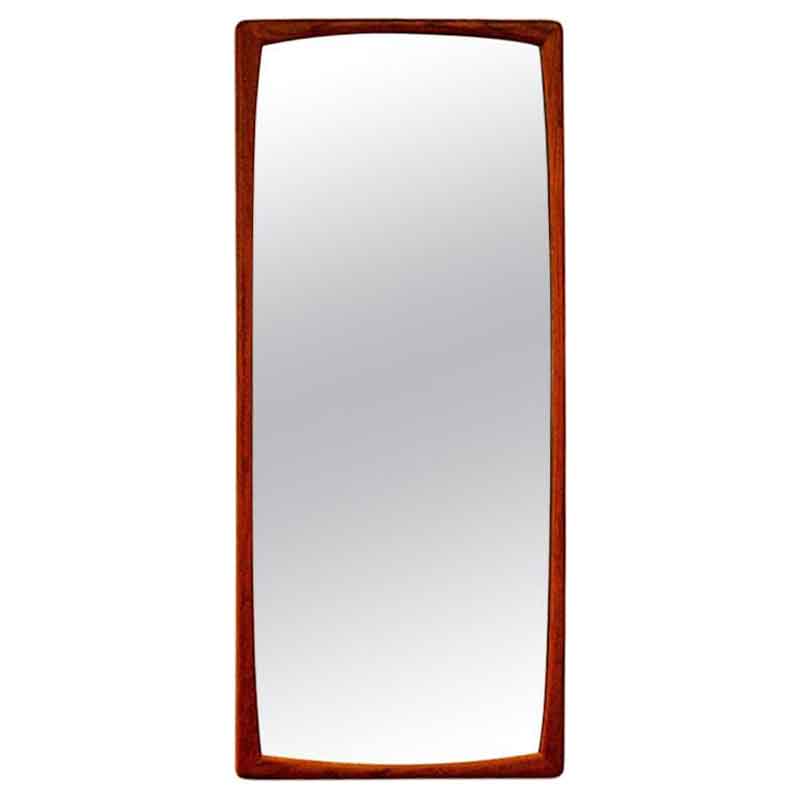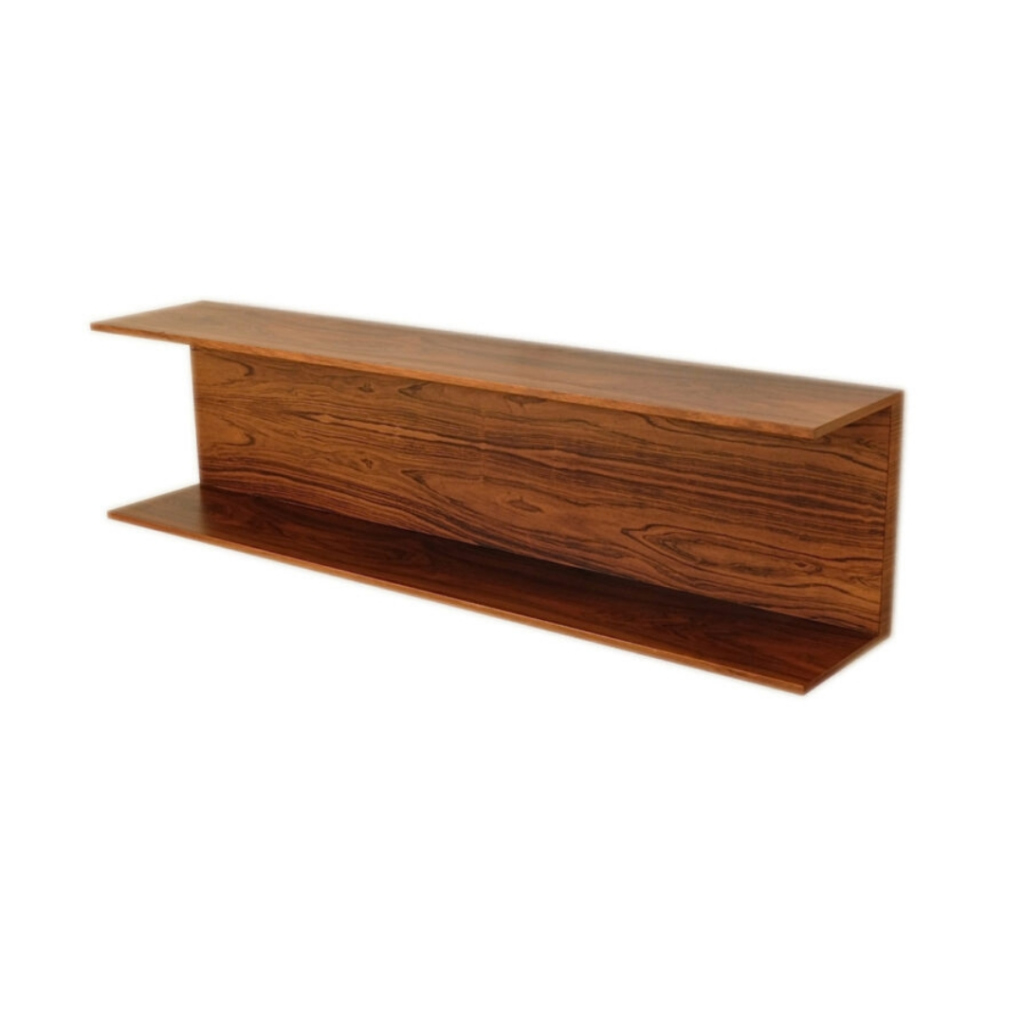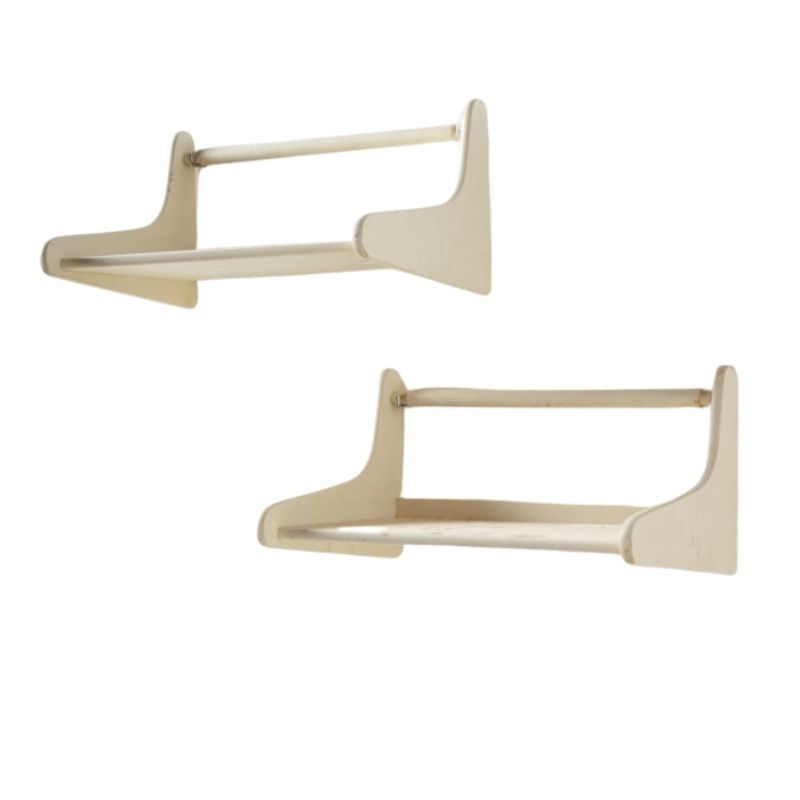Before I picked up this pair of JH-512s I assumed they were teak from color alone (I hadn't seen any closeups), but once I got a closer look at the grain I thought oak - is the redness because the wood has aged over time or is it simply a red oak? Thanks for any insights you can give. Tim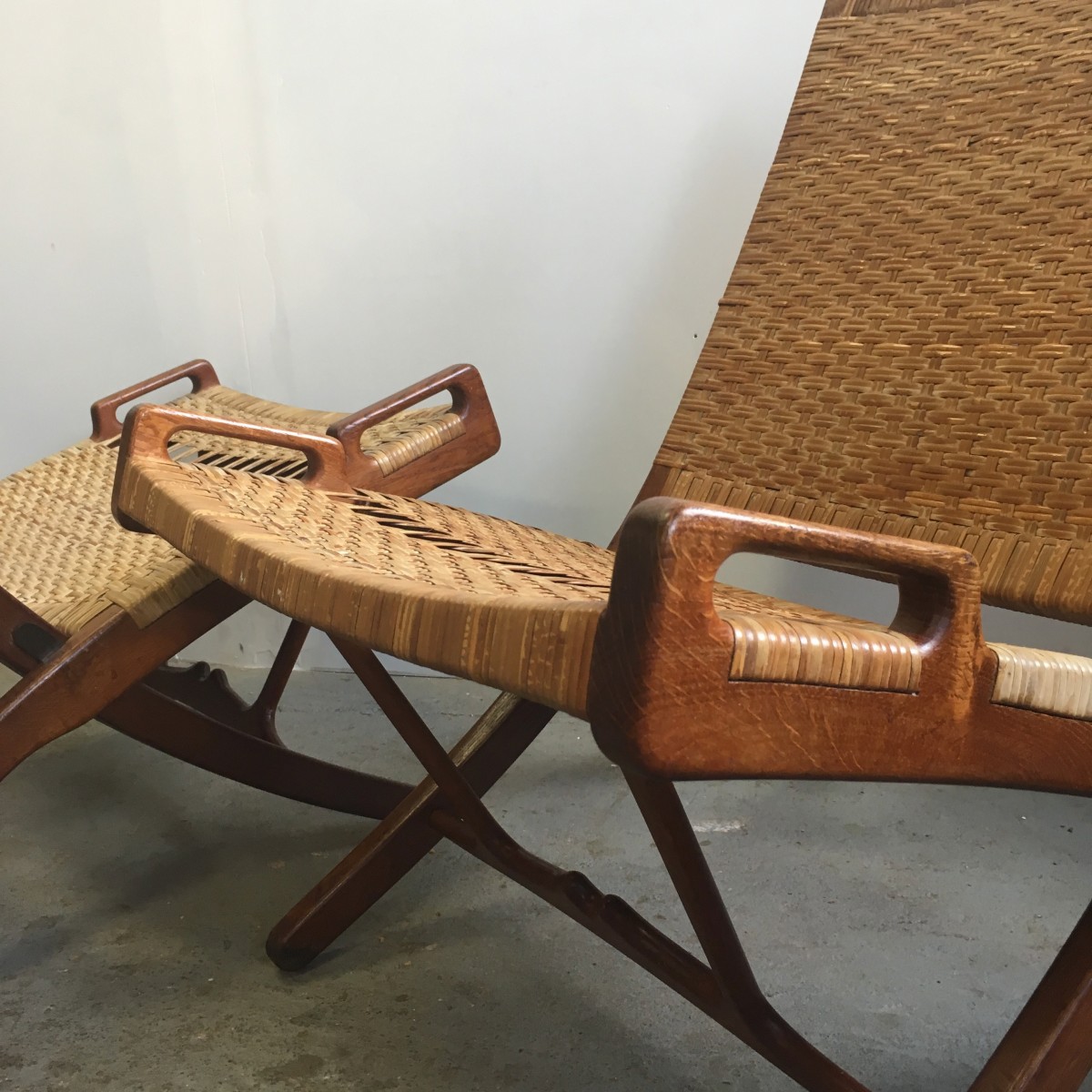
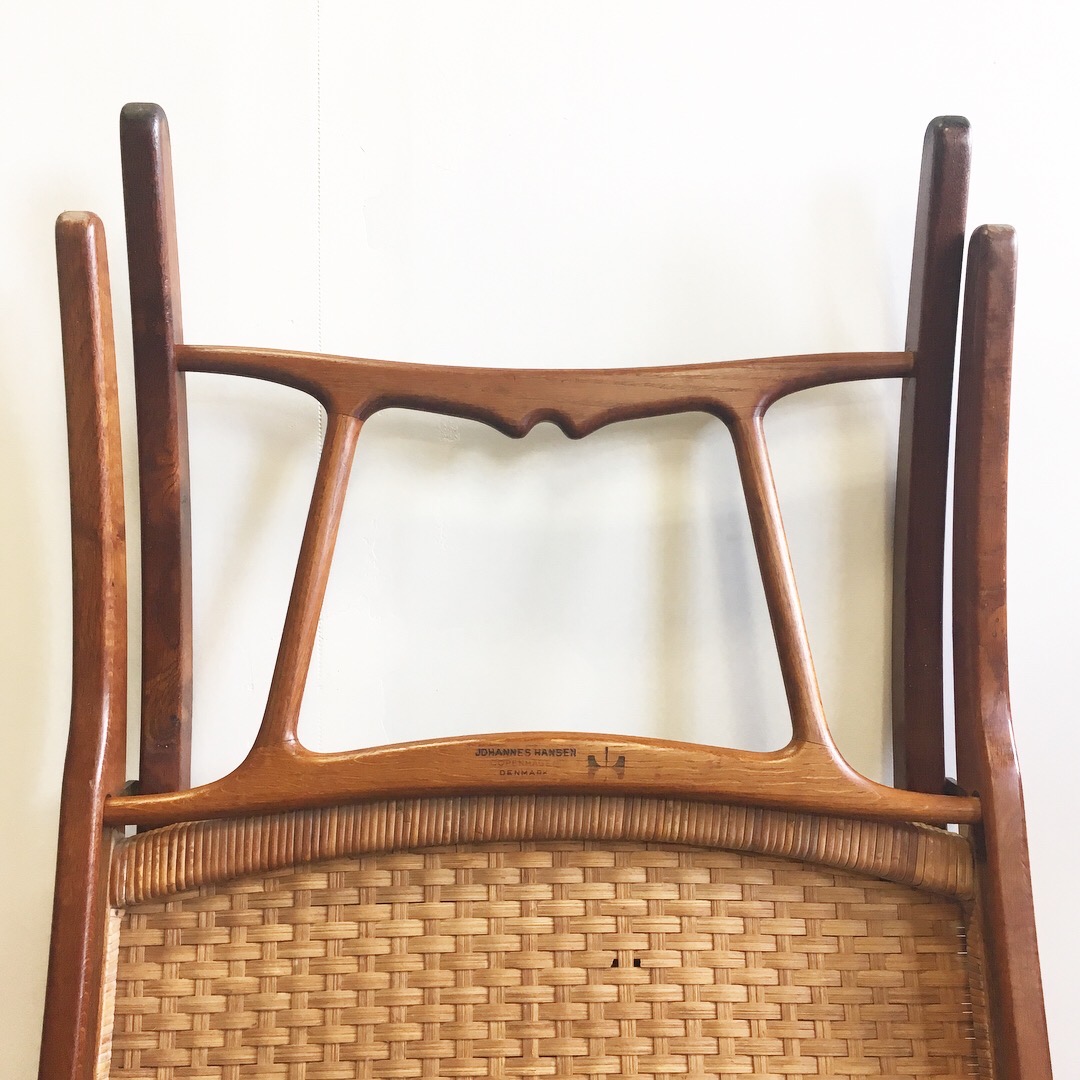 <img class="wpforoimg" src=" http://d1t1u890k7d3ys.cloudfront.net/cdn/farfuture/Nw6JC95QBN7RB_dMCzeWa0
<img class="wpforoimg" src=" http://d1t1u890k7d3ys.cloudfront.net/cdn/farfuture/Nw6JC95QBN7RB_dMCzeWa0
They do appear as oiled oak, probably a European variety. Most will darken somewhat over time due to oxidation and/or UV exposure as will the oil itself, though usually toward brown rather than red. Of course, all species and even individual trees can react differently.
It is possible that the chairs were at some point treated with a toned oil, though the color seems consistent with aged oak that I've seen and doesn't look unnaturally red in your photos to my eye.
Gorgeous chairs, BTW. Nice acquisition! If you ever decide to re-oil them, try not to get any on the cane as it can cause premature embrittlement. Best to leave cane untreated.
These Wegner pieces would have used European white oak, not red oak. The current appearance is a combination of age along with some type of surface treatment over the years. What that treatment was and how often. . . who knows?
Nice pickup, and with caning that appears to be in pretty good shape.
tktoo - thank you for the explanation - it is surprising how much of a change can happen over time. re: oiling tips, I'll certainly keep them in mind.
cdsilva - thanks for the image and insight. The cane is in usable shape with only a couple of strands that have come loose from the top rail on the seat back, so I think I'm lucky to have found them.
I think it is possible that they were never colored with anything. On account of the high level of tannins in the various 'white' oak species, the wood can patinate very significantly. Color-wise it is not at all infrequent for it to look a lot like teak, although it usually does not have the reddish hues that teak can have. It can be extremely dependent on environment what level of patination occurs. Sometime almost none occurs. Sometimes it is very very dark.
One of the biggest variables is the original finish. If it is a lacquer that tends to seal the wood.
I have a teak and oak Kurt
Leif - your comment about the oak bookshelf with similar coloring being left outdoors makes a lot of sense - I'm sure these chairs were used as deck chairs (possibly even at the beach due to their portable nature), exposed to the elements which would explain the advanced color change. It's possible that the darker they became, the owners believed they were teak and in turn that they could be used like outdoor furniture. Thanks again for the insight!
Can you imagine seeing an elderly couple rock up onto the beach and unfold a pair of these?I know that Wegner himself believed strongly that furniture should be treated as such but that would still be quite a sight.
Actually, white oak is remarkably durable left untreated and outdoors if not in contact with the ground. Much less red oak or cane, OTOH. I can't believe Wegner intended these chairs to be left outdoors, though even the best among us do dumb things occasionally... present company excluded, of course.
I believe we actually have evidence that Wegner did not intend for the chairs to remain outdoors. There is that notch in the front stretcher which is intended for hanging the chair on the wall. Of course it is hard to imagine hanging these chairs on the wall too. Probably harder to imagine than leaving them outside.
I will also say that exposure to the outdoors is certainly not the only thing that causes this patination of white oak. I think in general white oak that is not finished with something that protects it from the air will always have some level of patina after 50 years. I believe that a soap finish can expedite this patina patina. And exposure to ammonia that is present in trace amounts everywhere can do this. (Apparently the Craftsman fumed oak look was inspired by the oak beams in old barns that were exposed to a LOT of ammonia from the animals).
So, coincidentally, I came across this cutoff I saved from a piece of furniture I made 24+ years ago. It is forest-grown Pennsylvania white oak, some of the best-quality lumber I've ever purchased. Dims are 1 5/8 X 2 1/8 X 4 inches. For you metric types, that converts to do your own arithmetic.
Anyway, at the time, I was considering different finishes and wiped a patch on one side of the piece with Watco natural (the side shown in the second pic) and placed the other side on top of an open bottle of household ammonia for about a week, checking it every day or so. This resulted in the blurry darkened spot visible in the first photo. Otherwise, there is no finish on that side. The dark marks on the short side in the shadow are scorching from too slow a feed rate while ripping the piece to width on my table saw.
Since then, it has sat on a shelf near a window in my shop along with a pile of other samples that I've saved over the years. I think it nicely illustrates aged white oak and is quite a bit more orange than I would have expected. I took the photos outdoors in direct sunlight and the color is accurate. That's a terracotta potsherd used as a prop. I took a small gouge out of the ammonia-stained side to show fresh wood and to see how deep the aged surface goes. Not much beyond the surface. I think I'd need a microscope to detect any depth at all.
Considering that the texture of oak is fairly similar to teak as in both coarse grained with large pores, it can sometimes be hard to spot the difference--from across the room. The rays in a quarter sawn piece of white oak give it away though, even from across the room.
tktoo: I wonder, had you put the ammonia bottle against the end grain if the fumed color would have gone quite a lot deeper? I imagine the answer is yes, even though white oak has tyloses sealing off the pores to water.
If you need any help, please contact us at – info@designaddict.com




